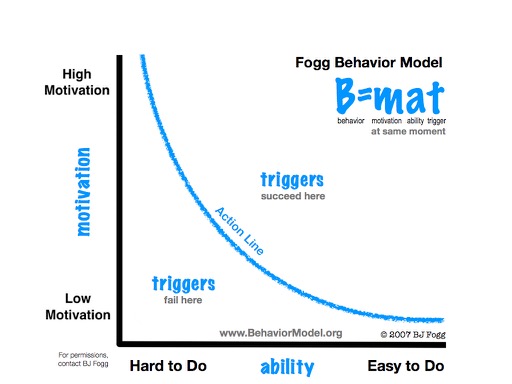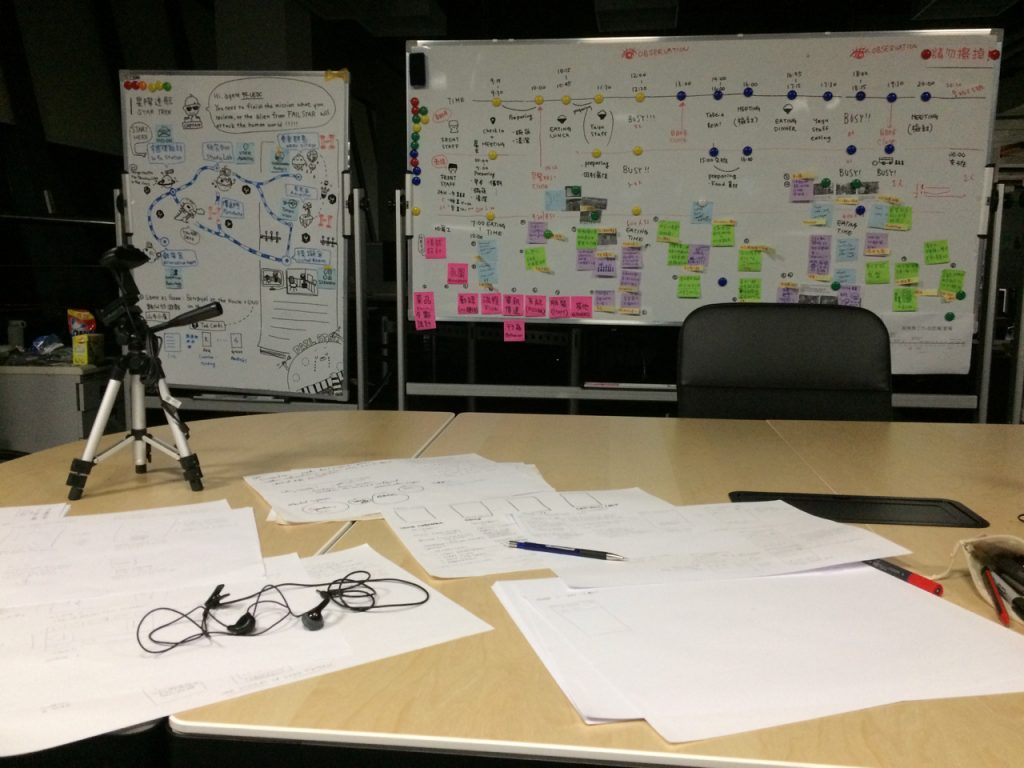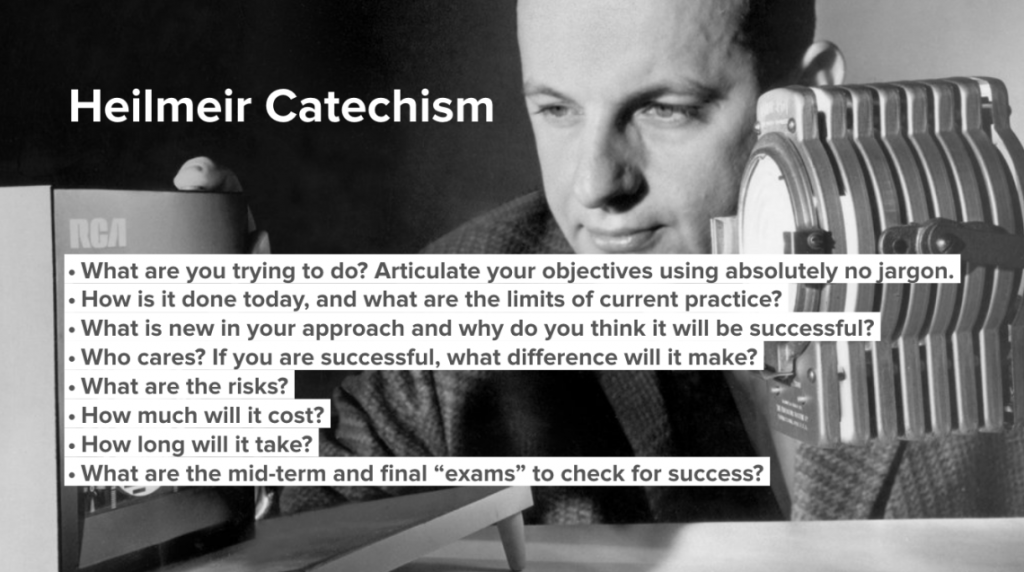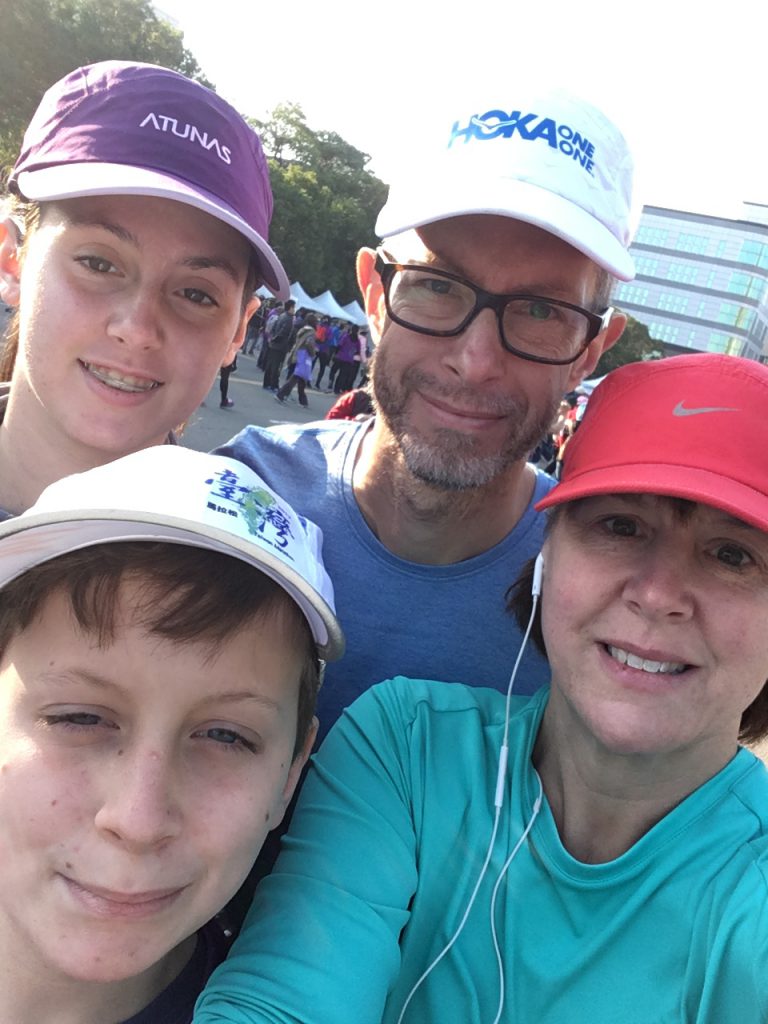
Monthly Archives: January 2018
It’s not a failure until you stop trying.
[…]
I don’t think you can achieve anything remarkable without some risk. Risk is actually a rather tricky word because humans aren’t wired to tolerate it very much. The reptilian part of our brains wants to keep us safe. Anytime you try something that doesn’t have any certainty associated with it, you’re risking something, but what other way is there to live.
An interview with Debbie Millman.
Beginning is underrated
Merely beginning.With inadequate preparation, because you will never be fully prepared.
With imperfect odds of success, because the odds are never perfect.
Begin. With the humility of someone who’s not sure, and the excitement of someone who knows that it’s possible.
Seth’s Blog
“And they say: “Where do I start?”
“When is the best time to start?”
And I have a simple answer:
HERE and NOW.
That’s it.
You want to improve?
You want to get better?
You want to get on a workout program or a clean diet or start a new business?
You want to write a book or make a movie or build a house or a computer or an app?
Where do you start? You start right HERE.
When do you start? You start right NOW.
You initiate action.
You GO.”
The Fogg Behavior Model

The Fogg Behavior Model shows that three elements must converge at the same moment for a behavior to occur: Motivation, Ability, and Trigger. When a behavior does not occur, at least one of those three elements is missing.
Using my Behavior Model (FBM) as a guide, designers can identify what stops people from performing behaviors that designers seek. For example, if users are not performing a target behavior, such as rating hotels on a travel web site, the FBM helps designers see what psychological element is lacking.
I have used this as an approach to identifying problems in the design of mobile software during my time in China. It was a great way to frame the activity.
Brainstorming Story (Chinese)
This is one of a series of simple stories I used in the past to help get teams brainstorming over various new features. This one modeled a reward system.
“Party’s-R-Us” 是一間美國派對用品備製造商,目前在整個中國大陸擴展其銷售業務。 他們目前的產品,五彩紙屑、手拍和彩帶仍然廣受歡迎,但是銷售在減緩。 為了提高銷售額,他們想要引入具有同樣助興功能的新產品。 他們僱用了我們幫助他們提出新的產品創意。
唯一的限制是產品必須專注於慶祝,因為他們的其它產品類別正在達成銷售目標。 此外,別無限制!
問題:我們能夠給 “Party’s-R-Us” 什麼其他產品發想來執行或表現慶祝?
我們能夠給 “Party’s-R-Us” 什麼其他產品的點子用來表現或表示慶祝?
Notifications

Many small start-ups long for mass and greater recognition, but bigger is not always better. Consider elite schools like Harvard and Cambridge. Do you think they aim to expand their campuses all over the world, educating hundreds of thousands of people annually? Unlikely. Instead, they are comfortable being the size they are, as should you.
Being small also allows you to keep your entire team on the frontline of the business, interacting with customers firsthand and hearing their requirements and feedback. A complex hierarchy can muffle that feedback and slow you down. When everyone is responsible for customer satisfaction, you can respond to any problems quickly, which is essential for effective customer service.
Rework via blinkist
A nice rule of thumb when deciding what kind of object type to use in Swift is: Value types, that is a struct or an enum, are things, while reference types or classes, do things.
Pasan Premaratne
Messy whiteboard

PEI Gov. says: Need a tech job? Come to PEI
Upon reading the title from this short piece from the Government of Prince Edward Island I was naturally intrigued and interested in what new developments could be happening to the developing economy of the place of my youth. Especially so with our impending move there this summer. Unfortunately it’s a poorly formed success story of one remarkable individual, and not local industry looking for talent. The title is weak sauce at best.
So no, there isn’t a sudden demand for iOS devs, software engineers, interaction designers or user researchers that you see in demand elsewhere.
What they could have focused on, and what I would have liked to have read, is more detail into what advantages that the Island provides. There surely are many. I would love to read more about Emily Coffin and how she makes her life there, her story. What services are available for her and like minded individuals? What detailed advice does she have? How is Prince Edward Island a competitive location for remote workers, independent contractors, tech entrepreneurs and the like, over larger centers like Toronto or Montreal? Or why choose Charlottetown in the summer, over popular remote work locations like Chiang Mai? How about more detail about her work with Canada Learning Code, and how she is helping Islanders prepare themselves for the realities of work today, gaining new skills, or enabling them to start what Chris Guillebeau calls a Side Hustle. I’m sure this would be inspirational, important, and stand a far better chance of influencing more to invest in a move to the Island, than the current hollow piece.
Learning Swift with TeamTreehouse
Now, fair warning, this code involves many concepts that you aren’t familiar with, but that’s okay.
We could have used only the concepts that we know so far to build this app, but our code would not have been elegant, well-formed, or anything resembling the code you would actually write in the real world.from class transcript. A startling admission to what we had learned to date.
There are times when this has to be the most frustrating courseware I have ever experienced for learning anything.
Instead of continuing to invest in codebase’s, or making a large investment in engineering talent, for the simple and not so simple apps. we are developing, I thought I might take a few months to deep dive into a course on Swift. Learning new skills and acquiring new knowledge is a pretty essential part of life and I thought there might be some ancillary benefits from having some programming ability. Designers should code. The benefit where I might change from senior designer to junior iOS dev. seems more like a pipe dream at this point.
Generally speaking TeamTreehouse’s production values are pretty high and you are more likely guaranteed a level of quality that you might not be assured of on other platforms like Udemy (though I have found a couple great design courses there).
Here are some of the problems I had, am having:
- Learning programming concepts is an absolute bore. This may have as much to do with my own interests and abilities as this courseware ’s approach. The actual creating part of programming is fun of course, I still remember the first C programs I wrote. Some courseware I have used speeds you through the material, gets you creating “apps” as soon as possible, then adds complexity later. Others get students to actual outcomes faster – ever more advanced “hello World”‘s. – TeamTreehouse doesn’t take this approach.
- I’m not convinced that using video alone or how they deliver the material via video is effective. There is at times a tremendous amount to unpack within a video. Often its very difficult to parse meaning, or to capture all that the instructor is saying. Rewatching videos over and over again is extremely inefficient. Not all the platforms I have experienced have this difficulty.
- I could in no way rely upon the course material alone. In fact, I used 3 other textbooks to teach myself the topics introduced in the videos. I realize that constantly searching for answers is a required part of programming but at this level I would prefer a more complete course.
- Answers to questions are slow to come. Often they do eventually come, and the community is great, but I prefer to be able to ask questions in something approaching real time. Often times what the instructor is teaching is unclear or he makes a giant leap in logic, with no one to answer questions, you need to pause your learning until someone is available to help.
- Basic concepts are taught using more advanced, often complex, examples. The upside to this is that you are immediately given more realistic coding challenges. The downside is that if you don’t understand the concept being introduced before using in a more realistic situation you tend to get frustrated. I think it interferes with learning, and I prefer the more graduated approach I have seen in books from Big Nerd Raunch. First learn the skill, then gradually add more realistic usage through practice.
What has made me stick with the platform to this point is the desire to actually finish the course I started. I hate in-completes. I might also be a victim of the sunk cost fallacy.
Camren participating in schools morning routine
While visiting 崇德國小 in 花蓮 Camren had the opportunity to participate in their morning exercise routine. A great way to start the day.
George Heilmeier’s Method for Solving Research Challenges

Or for solving all kinds of problems. From George Heilmeier’s method for solving research challenges:
- What are you trying to do? Articulate your objectives using absolutely no jargon.
- How is it done today, and what are the limits of current practice?
- What is new in your approach and why do you think it will be successful?
- Who cares? If you are successful, what difference will it make?
- What are the risks?
- How much will it cost?
- How long will it take?
- What are the mid-term and final “exams” to check for success?
via John Maeda
iPhone 3GS Sale Sign

A sign announcing the sale of iPhone 3GS.
Creating great teams
I first heard Kim Scott on a podcast, I’ve forgotten which one, where she talked about radical candor and how to inspire teams to create great work. It made great sense to me, especially labelling members as Rockstars and Superstars – it’s a categorization I have tried to articulate in the past.
Start small, start now
This is much better than, “start big, start later.”One advantage is that you don’t have to start perfect.
You can merely start.
Seth Godin
You have to do your research, you have to do some due diligence, read some books but analysis can lead to paralysis, too much planning may mean you never launch. Best to launch small and iterate, that way you can mitigate risk and learn from doing. We have stumbled, already made mistakes, but that’s one of the philosophy’s behind the development of our small company.
A recent interview
I did an interview back in November(?) for a Taiwan government sponsored online magazine called Design Perspectives. Design Perspectives claims to be: “the world’s first bilingual resource that provides insights into design created for and within huaren (Chinese-speaking) communities”. I met with Daniel Cunningham the current editor and we had a short chat over coffee at Good Choo’s Bagel Cafe in Taipei. We pretty much deviated from the prepared script and had a long discussion about life and work here in Taiwan and China, from an outsiders perspective. Other than meeting someone interesting I came away with the feeling that I’m pretty difficult to interview and talk too much.
The result is fine – I’m picky and would have loved to be clearer on some points.
I used to be called upon for interviews quite regularly years ago, as I was an outlier, a foreign professional involved in at that time a nascent discipline. This time I was again an outlier but for a different reason; most of my work over the past number of years has been in support of others, a typical staff designer and freelancer, a team player, which seemed to put more at odds with the other interviewees who have a bit more ‘star qualities’ (Rock Stars vs. Super Stars).
Apps are wonderful tools, but you shouldn’t use them too much
A start to the new year

Years past, New Years Day meant nursing hangovers or preparing for another day of too much food, now I find no better way to start off the new year than with a race, especially when it is with my favorite running partners (I think the kids are a bit more interested in the snacks than the challenge of the race). Last year it was the Xiamen marathon, this year was a 10k run at a comfortable pace, but pain free. I’m committed this year to getting myself stronger so that I cannot only continue running, but hopefully over the long term be a better runner.
